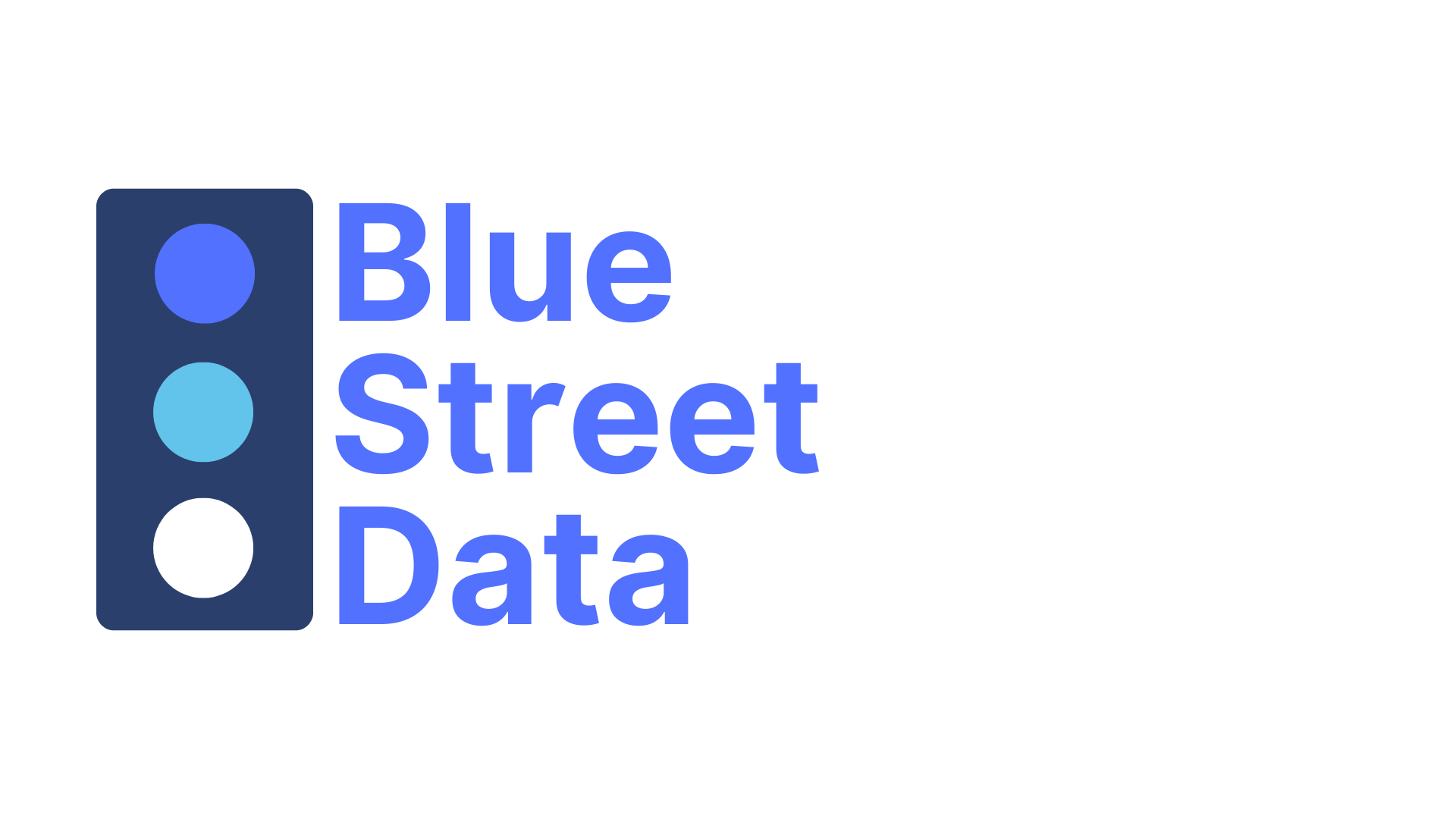In 2020 alone, financial institutions paid more than $10 billion in fines for violations like money laundering, market manipulation, and KYC failures. And with compliance costs rising, the risk of falling behind is growing just as fast.
Third-party data is no longer optional—it’s the cornerstone of effective compliance. By accessing trusted external data sources, institutions can catch issues earlier, meet global regulations more efficiently, and avoid costly legal consequences.
🧠 Accenture reports that 9 out of 10 financial firms expect compliance costs to rise over the next two years—even as operational budgets stay flat.
Why External Data Strengthens Regulatory Compliance
With real-time access to global compliance databases and public records, financial institutions can:
✅ Automatically screen customers and transactions against sanctions lists and PEPs
✅ Detect AML risks before they trigger fines or reputational damage
✅ Reduce manual workloads while improving audit readiness
✅ Strengthen KYC programs with broader verification data
✅ Build trust with regulators, partners, and customers
How It Works
🔹 Feed external compliance data (e.g. sanctions lists, enforcement actions) into internal screening systems
🔹 Use NLP algorithms to extract key risk signals from structured and unstructured regulatory text
🔹 Automatically flag high-risk entities and activities based on watchlists and pattern recognition
🔹 Compare transaction data against known risk indicators to support AML and fraud programs
Real-World Impact: Trusted Tools Behind the Scenes
Refinitiv and Dow Jones Risk & Compliance provide database access to some of the world’s largest banks—supporting KYC, AML, and ongoing monitoring, even when compliance teams remain lean.
📩 Want to reduce compliance risk without growing your team?
Let’s talk about how Blue Street Data can connect you with the external sources you need to strengthen regulatory monitoring and reduce exposure.
👉 Talk to a Data Expert
—
